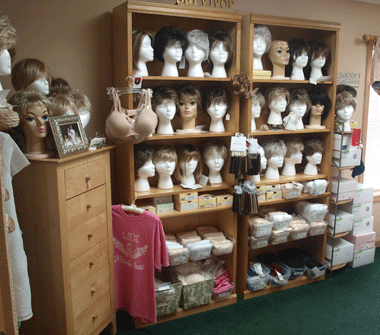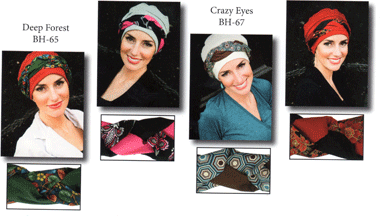FAQ's
Q1 -What is a breast form and why is it necessary to wear one?
Ans - A breast form is designed to be worn externally and to closely resemble the natural appearance, feel and weight of a breast. A breast formrestores a feminine shape and feeling of balance . Wearing a breast form will help restore your self- confidence and can improve your quality of life afterbreast surgery . It is very important to wear a weighted form - it will restore your body's natural balance and prevent the development of spinal curvature, neck andback pain, and shoulder drop.
Q2 -Why do I need a weighted breast prosthesis (form) after breast surgery ?
Ans - A properly fitted breast prosthesis helps replace the weight lost after breast surgery . This replacement is not merely for cosmetic or psychological reasons but for physical reasons as well . When a natural breast is remobed the body is no longer in balance and will compensate with slight curving of the spone and "shoulder drop." Both conditions may lead to chronic lower back and neck pain .
Q3 -Which type will I wear first ?
Ans - You should be fitted with an immediate post-surgery camisole such as the Ladies First Softee for the first 4 - 6 weeks . When your doctor determines that you are ready for a weighted silicone form, he will write you a prescription for your breast prosthesis and mastectomy bras.
Q4 -What types of breast forms are in the market ?
Ans - There are two basic types, weighted(having weight to them) and non-weighted.
Q5 -What are most breast forms made of ?
Ans - The majority of weighted breast prostheses are made of silicone gel.
Q6 -Is this the same material as found in former breast implants ?
Ans - Similar, but not the same . Extermal breast prostheses are "cured" in a manufacturing process and are not in aliquid state. If a breast prosthesis tears or is punctured, the silicone will not hurt the skin or the body , as it cannot be absorbed through the skin.
Q7 -If I am very small breasted or had partial surgery such as a lumpectomy, do I still need a weighted breast prosthesis ?
Ans - Yes. Even if you are small breasted you should replace the weight. You will also need the weight to help hold your bra in place around the rib cage. A light non-weighted form adds shaping in a bra but may slip up during certain movements .
Q8 -Why should I go to a professional fitter?
Ans - Because every woman is different . There are hundred of sizes, styles and shapes that have been created to match a woman's remaining natural breast . A certified professional fitter is trained to measure and select the proper prosthesis for each individual woman.
Q9 -Are there different styles of breast forms ?
Ans - Breast forms come in a variety of shapes and sizes . You can choose from triangle , tear drop shaped , or asymmetrical. Symmetrical can be turned to fit either side of the body . Asymmetrical fits only the right or lift side. Your professional fitter will measure you and try on several different types before you decide which one looks and feels best .
Q10 -Can a breast form be worn with a regular fashion bra(a bra without a pocket) ?
Ans - Yes, but fashion bras have not been designed to meet the specific needs of most mastectomies. It is important to be measured and fot by a professional fitter . Mastectomy bras habe been designed to hold the weighted form in place.
Q11 -How do i care for my breast form and how long will it last ?
Ans - Treated carefully , a breast form is very durable . Care should be taken with sharp objects to prevent the outer film of the breast form from being punctured or damaged . A breast form should be with warm water and mild soap, and dried gently after use . When not in use, the breast form should be stored in its cradle to help maintain the shape of the form and prevent accidental damage. Most manufacturers guarantee their forms for two years .
Q12 -Does my insurance pay for any of my post mastectomy needs ?
Ans - Yes. Medicare and most other insuramce's pay for one breast prosthesis a year and two to four bras a year . You should check with your carrier to see how much is covered .
Q13 -If my breast size changes due to weight lost or gain before I'm due for a replacement, will my insurance cover two prosthesis' in one year ?
Ans - Yes. If your doctor provides another prescription .
Q14 -How often should I have my fitting checked ?
Ans - As a general rule a fitting should be checked at least once per year .
Q15 -Will wearing a breast foum restrict my activities in any way ?
Ans - Wearing a breast form should not restrict your activities. There are lightweight/swim forms available for exercise and water activities, if you find the silicone breast form unsuitable or too heavy .
Q16 -Can I wear a silicone breast form while swimming ?
Ans - Silicone breast forms will normally not be damaged by chlorine or salt water and can be worn in the swimming pool, ocean or jacuzzi . After use the silicone breast form should be cleaned and dried gently . There are specially designed swim forms now available . These are covered by most insurance plans .



